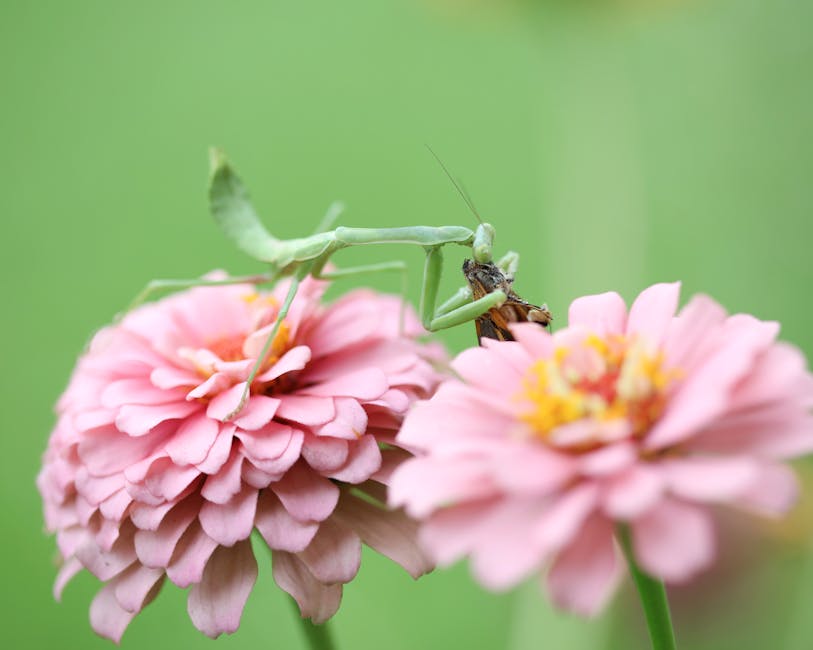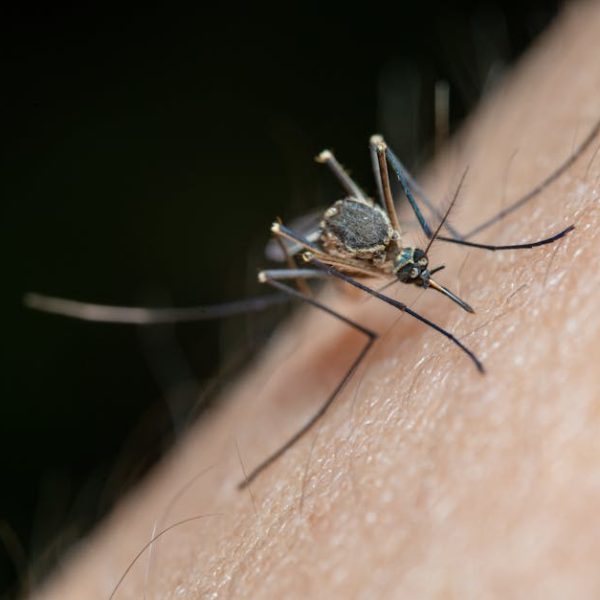For anyone with a passion for outdoor gardening, it’s critical to understand how to address common garden pests safely and effectively. Among these pests, mealybugs hold a top spot due to their resilience and the extent of their potential harm. Uncontrolled mealybug infestation can lead to significantly impaired plant growth or even plants’ death in extreme scenarios. They are voracious feeders that suck the sap directly from the plants, depriving them of essential nutrients.
Understanding Mealybugs: Life Cycle and Damaging Potential
Mealybugs are tiny, soft-bodied insects that feed on plant sap. They are characterized by their distinctive powdery, white wax covering that sometimes gives them a fluffy appearance. Their life cycle comprises four stages: egg, nymph (three stages), and adult. Female mealybugs can produce upwards of 600 eggs at a time and typically have a life span of around 60 days, creating a rapid infestation.
They pose a significant risk to various plants due to their direct intake of plant sap. By ingesting and excreting a substance called honeydew, they cause mold growth that inhibits photosynthesis, thereby negatively affecting growth and leading to sooty mold and wilting. Plants like Orchids, Begonias, Ferns, Aloes, and Citrus Plants are commonly affected by mealybugs.
Recognizing Mealybug Infestation in Your Garden
Identifying mealybug infestation early greatly reduces the damage incurred and eases the control process. Keep an eye out for the telltale cottony mass they form on plants. Check under leaves and around the stems where they love to hide and feed. The presence of a sticky substance called honeydew coupled with the growth of sooty mold indicates an active infestation. The leaves may turn yellow and eventually drop, and the growth of the plant can be stunted.
Home Remedies to Control Mealybugs
Combatting a mealybug infestation doesn’t necessarily require professional help or heavy-duty pesticides. Sometimes, simple yet effective home remedies can do the job.
- Neem Oil: This natural pesticide interrupts the growth and feeding of mealybugs. Mix two tablespoons of neem oil with 1 gallon of water and spray liberally on affected plants.
- Vinegar Solution: Thanks to its acidic nature, vinegar is lethal to mealybugs. Mix a 1:1 solution of water and vinegar and apply to the affected areas.
- Insecticidal Soap: A homemade insecticidal soap involves mixing a few drops of dish soap to 1 liter of water. This mixture can then be sprayed onto the plant.
Always remember, each method has its pros and cons. While neem oil is very effective, it can harm beneficial insects. Vinegar, though lethal to mealybugs, might damage the plant if applied in high concentration, and the insecticidal soap, while being effective, needs consistent reapplication.
As each garden is unique, the best practice would be to try different methods to discover which works best for your specific situation.
Commercial Pesticides and their Application
Though home remedies can be effective, sometimes stubborn mealybug infestations require a stronger approach. There are a variety of commercial pesticides that can eliminate these pests, but it’s important to use them judiciously.
Insecticides such as Imidacloprid, Acephate, and Malathion are effective against these pests. However, using them requires caution. They should be diluted as per the product’s instruction manual and applied to the plants with proper safety gear.
Remember to follow these best practices for safe pesticide use:
- Use the correct dosage as per the product’s guidelines.
- Only apply pesticides on cool, calm days to prevent drift.
- Keep pets and children away from the treated area until the pesticide has dried.
Monitor the situation post-application. If the infestation persists, consider switching to another type of pesticide or introduce beneficial predators into your garden.
Promoting Natural Predators to Control Mealybugs
If you’re looking for a more eco-friendly solution, consider attracting natural predators to your garden. Certain insects like ladybugs, lacewings, and parasitic wasps are avid mealybug hunters. Not only will they help control the mealybug population, but they will also establish a healthy ecosystem in your garden.
You can attract these helpful insects to your garden by:
- Planting flowers that attract beneficial insects, such as cosmos, yarrow, or fennel.
- Providing an insect house or creating a small water source in your yard to offer a supportive habitat.
- Avoiding high-potency pesticides that can harm both the pest and its natural enemies.
Now, how does this biological control compare with commercial pesticides? Well, there are several aspects to consider:
- Effectiveness: Both approaches can be highly effective depending on the extent of infestation.
- Speed: Commercial pesticides usually provide a quicker solution, whereas natural predators may take longer but offer a more sustainable outcome.
- Impact on environment: Pesticides can have detrimental ecological effects, while promoting predators will strengthen your garden’s ecosystem.
In conclusion, dealing with mealybugs involves understanding their lifecycle, recognizing signs of their infestation, and coming up with an effective yet safe control strategy. Choosing between natural home remedies, commercial pesticides, or biological control will depend on your individual garden’s circumstances. With the right information and a strategic approach, maintaining a vibrant, mealybug-free garden is an attainable goal.
Key Takeaway:
- Mealybugs are common garden pests that derive sap directly from plants, affecting their growth and potentially leading to death.
- Early recognition of a mealybug infestation through telltale signs like cottony mass on plants, sooty mold, and yellowing leaves can reduce potential damage drastically.
- There are several control options ranging from home remedies like neem oil, vinegar solutions, and insecticidal soaps to commercial pesticides such as Imidacloprid, Acephate, and Malathion.
- Promoting natural predators, like ladybugs and lacewings, in the garden can be an environment-friendly and sustainable way to control mealybugs.
As garden enthusiasts, let’s not let pests like mealybugs dampen our spirit. Remember these pests are an expected part of every garden, but with the proper knowledge, regular vigilance, and a little patience, it’s possible to ensure that they don’t become a harmful nuisance. Happy gardening!
FAQs
Q: Can I use a combination of home remedies and commercial pesticides to control mealybugs?
A: Absolutely, in stubborn cases of mealybug infestations, it might be beneficial to use a combined approach. Just remember to observe your plants closely to avoid any potential overspray damage.
Q: How long does it take to completely eradicate mealybugs from my garden once identified?
A: The timeframe varies depending on the extent of infestation, the method you choose, and consistency of application. Weather can also factor in. Be patient and persistent for the best results.
Q: Do other pests carry similar risks to plants as mealybugs?
A: Yes, there are other pests like aphids and spider mites that also suck plant sap, causing similar damage. Hence, it’s essential to correctly identify the pest for effective control.
Q: Can I prevent a mealybug infestation?
A: While completely preventing a mealybug infestation might not be possible, regular check-ins and early identification can certainly help manage the situation more efficiently and prevent extensive damage.
Q: Does the presence of natural predators guarantee a mealybug-free garden?
A: While beneficial insects can significantly reduce a mealybug population, their presence does not necessarily guarantee total elimination. Regular monitoring and additional measures can be needed to ensure your garden’s health.
Feel free to share this article with fellow garden enthusiasts and keep exploring our website for more gardening tips and tricks.






